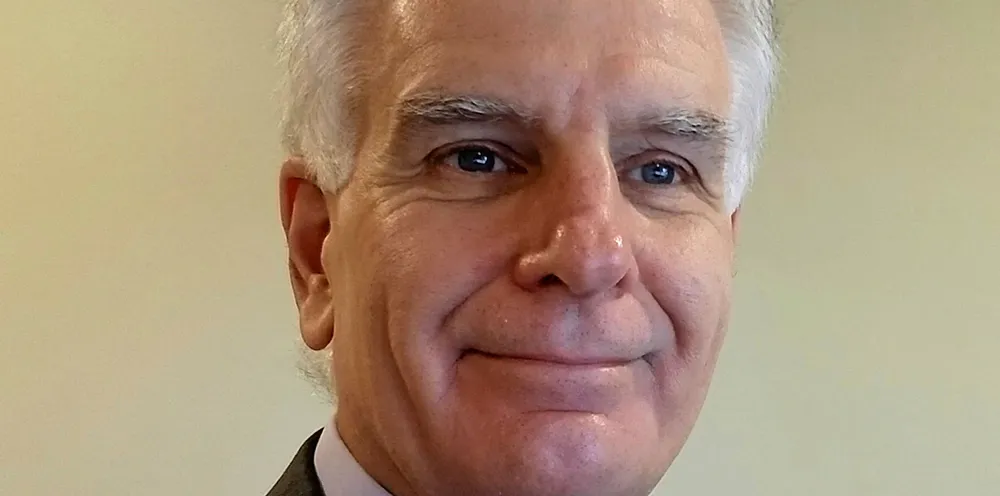'Battery storage at the grid edge can answer all the key needs of our future energy system'
Batteries will be the cheapest method to incorporate large amounts of distributed solar and allow large-scale EV charging and electric heating, writes Jeff Wolfe
